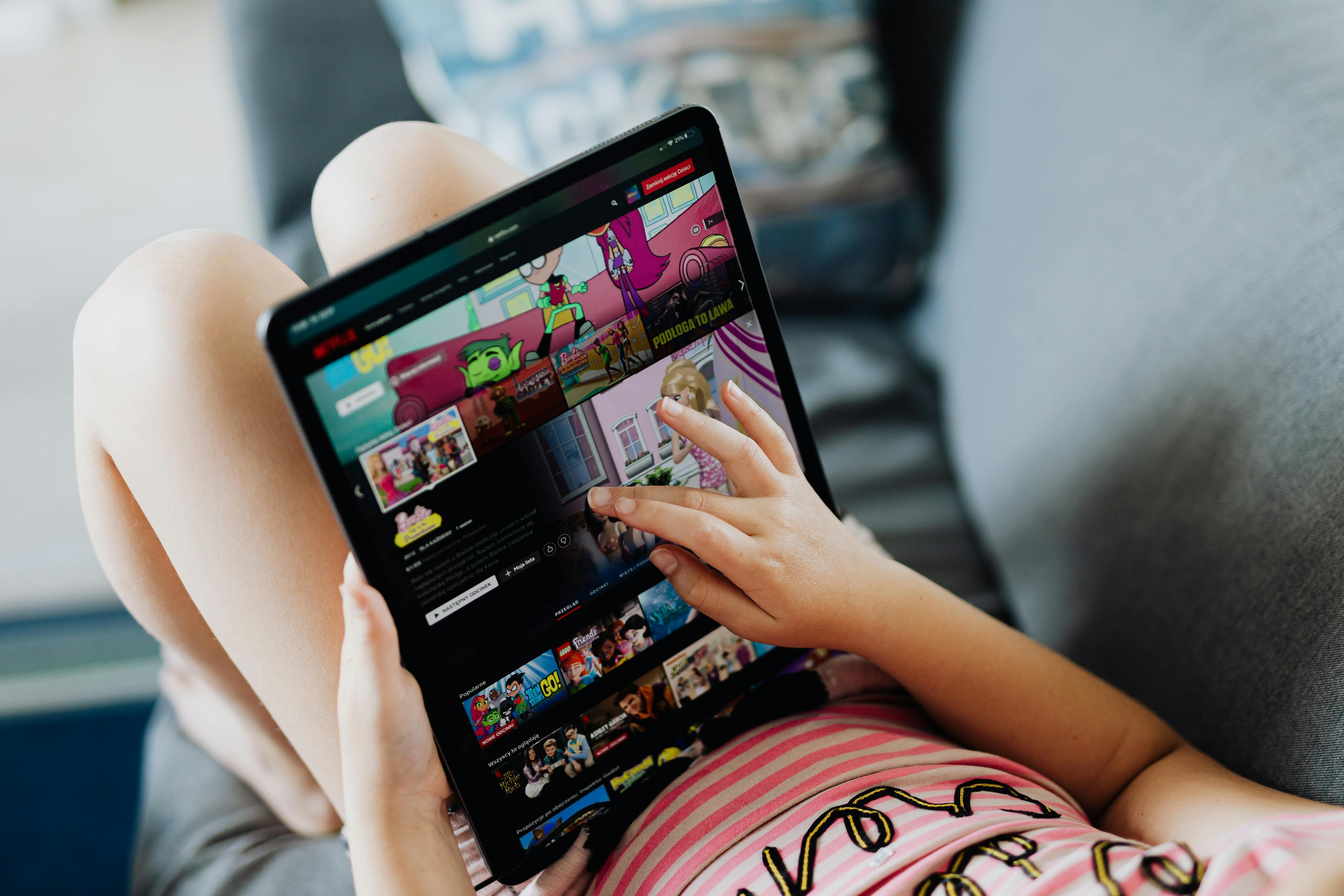Striking the right balance: Managing screen time for children
3 Min Read•September 27, 2023

In today’s technologically driven society, screens are ubiquitous, providing endless opportunities for learning and entertainment. However, parents often find themselves grappling with finding the right balance for their children’s screen time. How can parents ensure that screen time is enriching and not overwhelming? Here are several strategies to create a healthy balance.
1. Set Clear Boundaries
Establish clear and consistent limits on screen time based on your child's age, health, and specific needs. The American Academy of Pediatrics recommends:
- For children under 18 months, avoid the use of screen media other than video chatting.
- For children aged 18 to 24 months, parents should choose high-quality programming/apps and use media together with the child to help them understand what they're seeing.
- For children aged 2 to 5 years, limit screen use to 1 hour per day of high-quality programming.
- For children aged 6 years and older, establish consistent limits on screen time, ensuring sufficient time for sleep, physical activity, and other behaviors essential to health.
2. Prioritize Educational Content
Opt for educational apps, games, and TV shows that promote learning and creativity. Resources like Common Sense Media can help you find age-appropriate, high-quality content.
3. Encourage Physical Activity
Encourage your children to play outdoors and engage in physical activities. Establishing a routine where screen time is balanced with outdoor play can aid in the child’s physical and mental development.
4. Designate Screen-Free Zones and Times
Having certain areas or times in the house where screens are not allowed, such as during meals and in bedrooms, can encourage more face-to-face interaction and better sleep.
5. Be a Role Model
Children are more likely to follow screen time guidelines if they see their parents setting a good example. Model balanced screen use by putting away your devices during family time and demonstrating mindful screen use.
6. Engage in Co-Viewing or Co-Playing
Participate in screen time with your child when possible. This provides an opportunity to discuss the content and share thoughts and experiences, enhancing the learning experience.
7. Implement a Screen Time Schedule
Create a daily schedule allocating specific time slots for screen use, balancing it with other activities like homework, reading, playing, and family time. This can help in establishing a routine and avoid overdependence on screens.
8. Promote Other Forms of Entertainment
Encourage your child to read books, paint, draw, or engage in other forms of entertainment that do not involve screens. This can help in developing varied interests and skills.
9. Discuss Online Safety
Educate your children about the importance of online safety, privacy, and the potential risks involved with excessive internet use. Keep open lines of communication about their online experiences.
10. Encourage Mindfulness and Reflection
Teach children to be mindful of the time they spend on screens and reflect on whether it’s adding value to their lives. Encourage them to make conscious decisions about their screen time usage based on their reflections.
Balancing screen time is crucial for the holistic development of children. It requires clear guidelines, conscious effort, and consistent enforcement from parents. By setting clear boundaries, promoting educational content, encouraging a variety of activities, and modeling balanced screen use, parents can ensure that their children have a healthy relationship with technology, deriving maximum benefit while minimizing the risks. By striking the right balance, we can harness the positives of the digital world while fostering essential life skills and values in our children.




